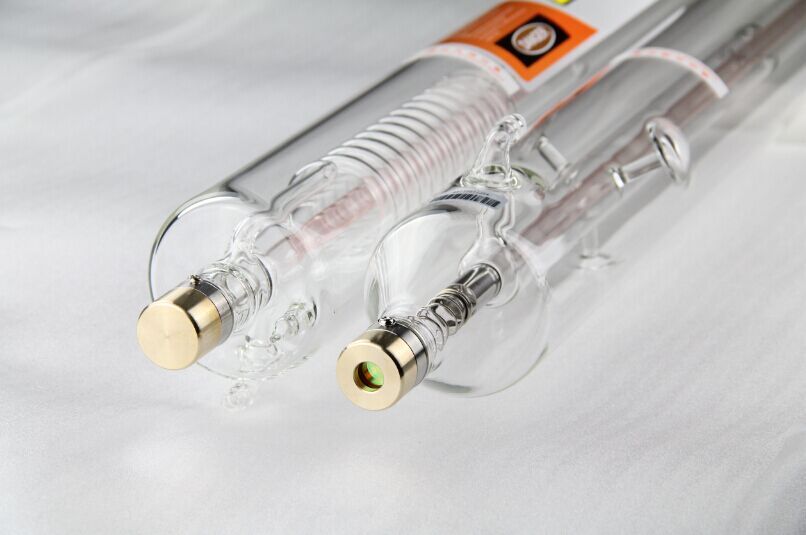In the vast landscape of laser technology, three prominent contenders stand out: diode lasers, CO2 lasers, and fiber lasers. Each type boasts unique characteristics and applications, catering to diverse industrial, medical, and scientific needs. In this comprehensive comparison, we delve into the differences between these laser types, highlighting the distinct advantages of CO2 lasers.
1. Diode Lasers:
Diode lasers operate on semiconductor technology, where electrical current stimulates the emission of photons. They are compact, efficient, and cost-effective, making them widely used in various applications, including telecommunications, barcode scanners, and laser pointers.
Advantages of Diode Lasers:
Compact Size: Diode lasers are relatively small and lightweight, making them ideal for portable devices and compact systems.
Energy Efficiency: They boast high energy efficiency, converting a significant portion of electrical energy into laser light.
Cost Efficiency :Diode lasers are typically more affordable to manufacture and operate compared to other laser types.
Applications of Diode Lasers:
Telecommunications: Diode lasers play a crucial role in optical communication systems, transmitting data through fiber-optic cables.
Material Processing: They are utilized in laser cutting, welding, and marking applications, particularly in industries requiring precision and speed.
2. CO2 Lasers: 
Carbon dioxide (CO2) lasers belong to the category of gas lasers, where a mixture of gases, including carbon dioxide, nitrogen, and helium, is excited by an electrical discharge to produce laser light. CO2 lasers emit infrared radiation with wavelengths typically around 10.6 micrometers.
Advantages of CO2 Lasers:
High Power Output: CO2 lasers are known for their high power output, making them suitable for cutting, engraving, and welding thick materials such as metals, wood, and plastics.
Versatility : They can be easily tuned to produce different wavelengths within the infrared spectrum, allowing for diverse applications in various industries.
Precision and Stability: CO2 lasers offer excellent beam quality, ensuring precise and stable laser processing even at high power levels.
Applications of CO2 Lasers:
Industrial Cutting and Welding: CO2 lasers are extensively used in industrial manufacturing processes for cutting, welding, and drilling metals and non-metallic materials.
Medical Procedures: They find applications in medical procedures such as dermatology, surgery, and dentistry for tissue cutting, ablation, and coagulation.
3. Fiber Lasers:

Fiber lasers utilize optical fibers as the gain medium, where rare-earth elements such as erbium, ytterbium, or neodymium are doped into the fiber core to generate laser light. They offer high efficiency, excellent beam quality, and compact design, making them increasingly popular in various industries.
-
Advantages of Fiber Lasers:
- High Efficiency: Fiber lasers exhibit high optical efficiency, converting a large proportion of electrical input power into laser output power.
- Beam Quality: They produce a high-quality laser beam with excellent focusability and stability, enabling precise and fine-scale material processing.
- Maintenance-Free Operation: Fiber lasers have a robust design with fewer optical components, resulting in minimal maintenance requirements and increased reliability.
-
Applications of Fiber Lasers:
- Metal Processing: Fiber lasers are widely used in metal cutting, welding, and marking applications, delivering superior performance and productivity.
- Medical Devices: They are employed in medical device manufacturing for producing fine features, such as stents, catheters, and surgical instruments, with high precision and consistency.
CO2 Lasers: The Superior Choice:
While diode lasers and fiber lasers offer notable advantages in specific applications, CO2 lasers stand out as the superior choice in many industrial settings due to their unparalleled power, versatility, and reliability.
-
Power and Versatility: CO2 lasers excel in high-power applications, such as cutting and welding thick materials, where diode lasers and fiber lasers may lack sufficient power. Their versatility in tuning the wavelength allows for tailored solutions across a wide range of materials and processes.
-
Precision and Stability: Despite their high power, CO2 lasers maintain excellent beam quality and stability, ensuring precise and consistent results even in demanding industrial environments. This level of performance is crucial for achieving intricate cuts, sharp edges, and fine details in various materials.
-
Cost-Effectiveness: While CO2 lasers may have higher initial costs compared to diode lasers, their superior power and efficiency result in lower operating costs over time. The ability to process a wide range of materials with speed and accuracy translates into higher productivity and profitability for industrial users.
While diode lasers and fiber lasers offer valuable advantages in specific applications, CO2 lasers emerge as the preferred choice for industrial manufacturing and processing due to their unmatched power, versatility, precision, and cost-effectiveness. As technology continues to advance, CO2 lasers are poised to remain at the forefront of laser technology, driving innovation and progress in diverse industries around the world.

